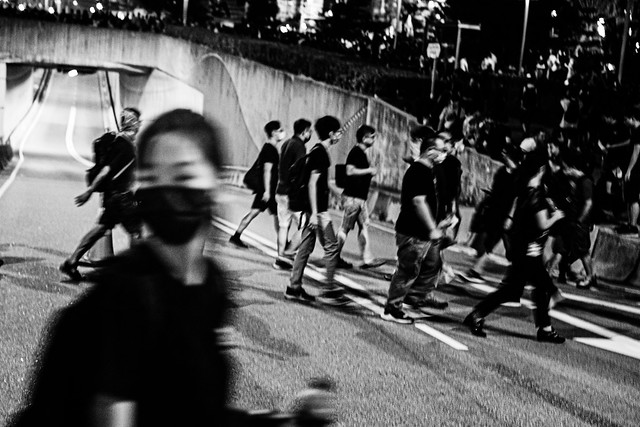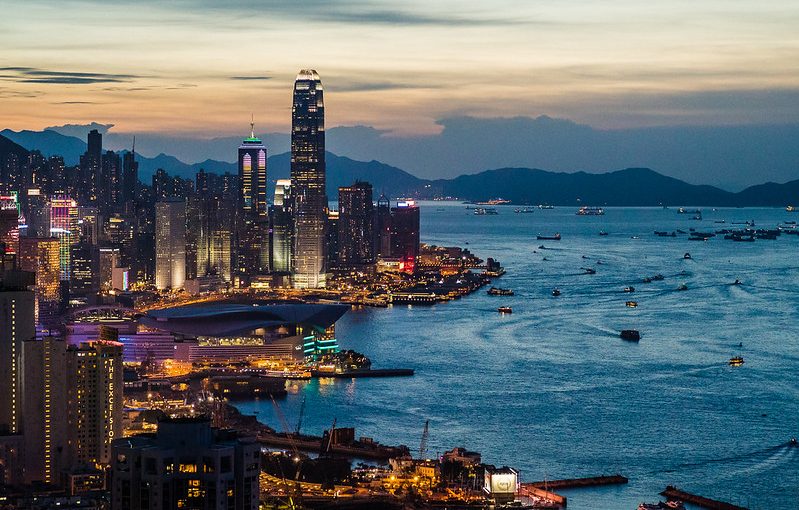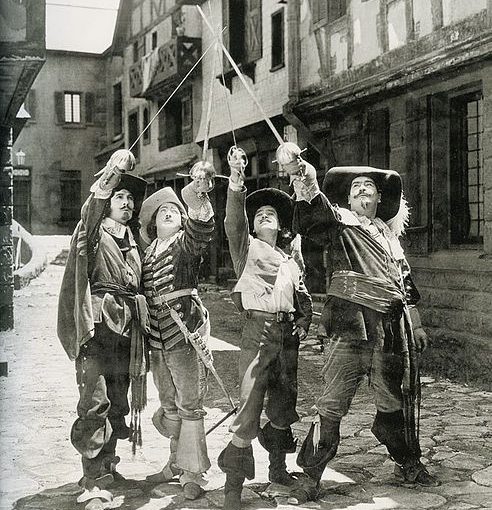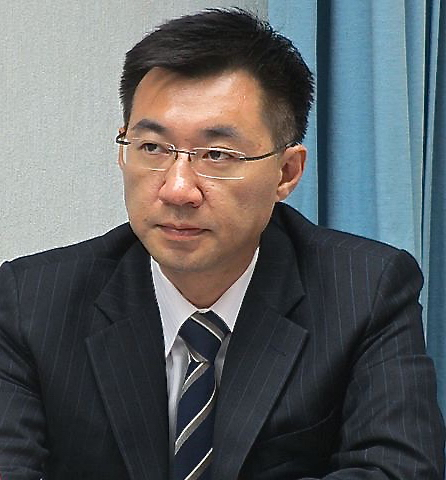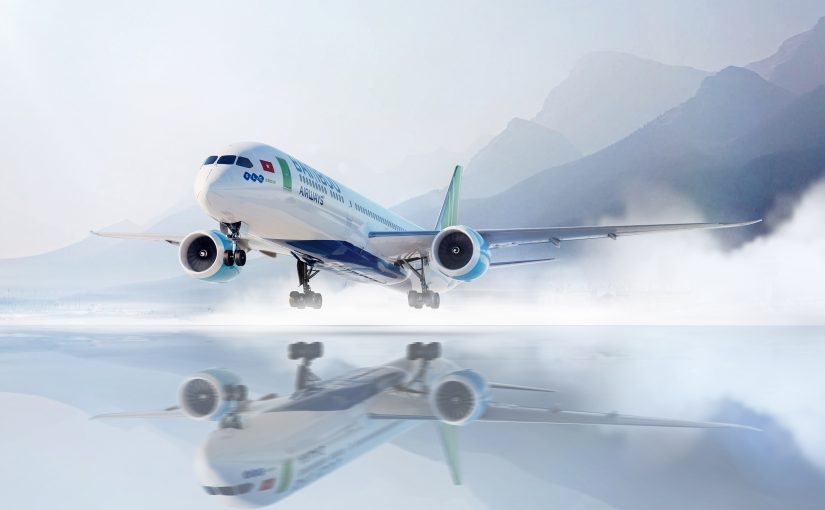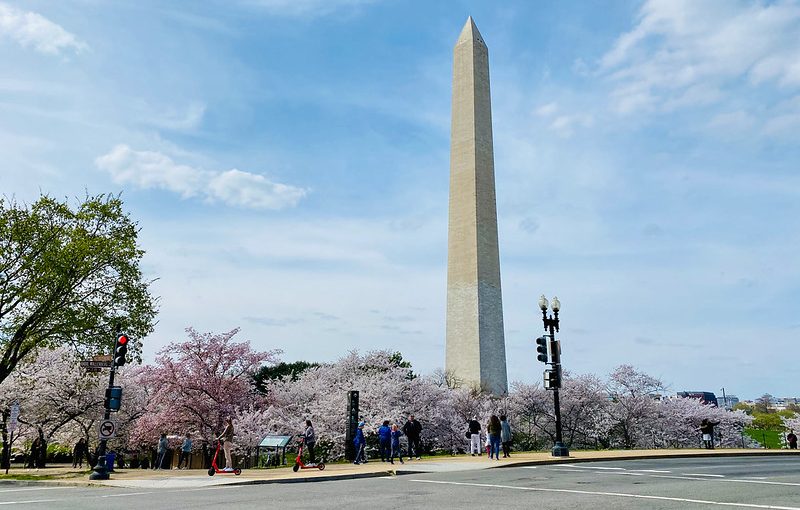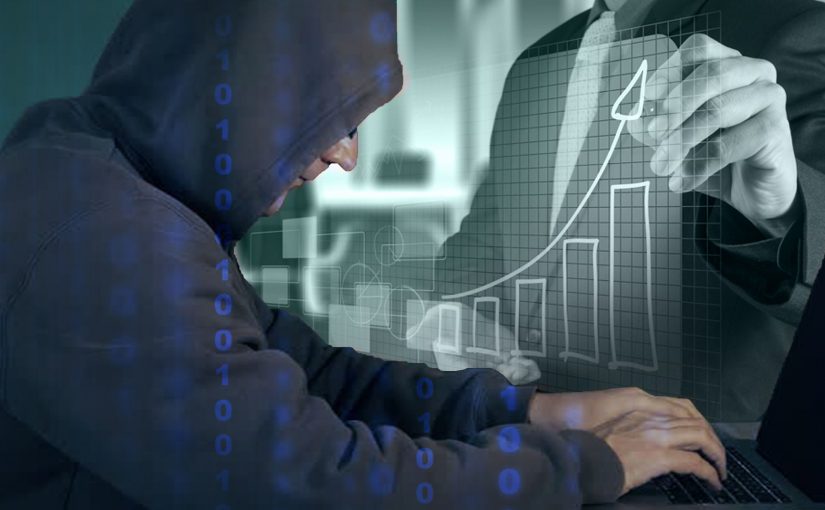by Philippe Valdois FRSA
Introduction
The impact of the 2019 Hong Kong protests on China’s status abroad in general and Hong Kong’s status in particular, with two quarters of negative economic growth rate at the peak of the protests in 2019, cannot be ignored, and with the results of the November local elections showing the discontent of the general population and not only of the street protestors who obtained only concessions for one of their five demands, the situation seems unsustainable. In addition, police forces are being diverted from crime prevention and safety might suffer with the number of foreign visitors dropping. We can, therefore, expect major changes in 2020.
Although anticipating the possible effects of an armed repression by the People Liberation Army on the Communist Party and its leaders’ image not only abroad but domestically and the fall-out of eventual sanctions implemented by the international community are two key questions, the catch-22 situation Beijing is facing and its dilemma in having to choose an optimal response to the continuing protests are already being abundantly discussed elsewhere. Therefore, although I will later examine the necessity and faisability of a compromise between the two camps, I decided to rephrase the theme of this essay by looking at China’s status from a different perspective. There are indications that the Hong Kong protests are not only a local phenomenon but are also both the symptom and the catalyst of a growing dissatisfaction within a new generation of Chinese abroad, including in South-East Asia and Taiwan. My second observation will be related to the actual status and image of China abroad as a product of a post-Tiananmen shift in government policies. Finally, I do not consider, for various reasons I will expose, that Beijing is facing a “color revolution” in Hong Kong, contrary to a commentary published by the official press agency of the PRC, Xinhua, according to the South China Morning Post. Talking about a revolution is dangerous, history showing us that it implies counter-revolution and could lead to violent repression.
If the protests themselves absolutely need to be addressed, if only to stop the violence affecting tourism and trade, they will however have no long-term major effects on China’s status as long as the true purpose of foreign sanctions against Beijing is exposed and some compromises are made between various actors. The key issue will be to maintain trustworthiness regarding the sustainability of the “one country, two systems” principle, and prevent an escalade involving the new generation of citizens and future leaders, in Taiwan or elsewhere, until 2047. As mentioned previously, and based on those observations, I will finally introduce what I consider the best strategy to deal with the situation and minimize the impact of the protests on China’s status abroad.
Discontent in Hong Kong and abroad and the advent of a new generation
The revendications of Hong Kong residents are as much economical as political and are mostly based on concrete grievances, but overseas Chinese follow attentively the developments in Hong Kong and their relation with Beijing can be ambivalent, but much less so for the older generation, who feels a stronger sense of loyalty towards China than the younger, more critical generation. In fact, as seen in New York, London and other cities around the world, there is a growing trend among young Chinese abroad to demonstrate at the same time in support of Hong Kong and Taiwanese autonomy and to criticize Beijing repressive policies, including the crackdown on ethnic Uyghurs and Tibetans.
I recently had a discussion with a young professional living in South-East Asia. I learned from him about how people from his generation felt about the call for a sense of loyalty to China that their parents and grand-parents responded to more positively. Young Chinese abroad feel they are not getting much in return for their efforts and do not expect much from the regime in the future. Such worries are of course prevalent in Taiwan where the perspective of not seeing the two systems, one country perdure would mean, like for HK residents, losing their autonomy and freedom of expression. There is also in their minds a strong disconnect between what China represents for them in terms of cultural heritage and the regime’s growing assertion that it represents not only the interests of China but is in a way a symbol of China itself, establishing therefore a cult of personality encompassing the Party and its highest rank members and developing a form of ultranationalism that does not resonate in urban, cosmopolitan youth. A February 2019 article written by Chinese President Xi Jinping was untitled “Strengthening the Party’s leadership over the overall rule of law” and reaffirmed the position that “the Party was above everything else” already expressed in the Constitution, as Charlotte Gao explained in The Diplomat. It is difficult therefore for young people not to see that self-preservation at all costs for the Party and its leaders is what matters most for them.
The situation is different on mainland China where access to foreign media and knowledge about the situation in Hong Kong are limited. Most young people there are “incredulous that Hong Kongers are taking to the streets in protest” as Ben Hillman in East Asia Forum explained.
China government’s image now and before
Are the Image and status of China and the Chinese Communist Party abroad changing or susceptible to change because of the protests ? This is a key question. As compared to other problems facing Beijing, Hong Kong protests are but one area of concern among others. China’s image abroad in terms of human rights has not changed since the Tiananmen Square demonstrations and the hardening of the government’s policies. I have already described President Xi Jinping’s February 19, 2019, article. It supported the idea that little had changed since a decade before, when Maria Elena Viggiano described the strengthening of authoritarianism in China after Tiananmen as “resilient authoritarianism”. Not only do those events stay vivid in the memories of both Hong Kong residents and foreigners around the world but they are compounded with the worries associated with the use of Artificial Intelligence and high-tech surveillance tools to monitor Chinese citizens. Orwell’s 1984 is on the mind of many. Another key issue is the use of extensive “reeducation camps” for members of the Uyghur minority. The fact that the same narrative and the same harsh terms such a “criminals and terrorists in cahoots with foreign devils and determined to weaken the motherland by agitating for independence” according to Ben Hillman in East Asia Forum, are being used to describe Hong Kong protestors and dissident Uyghurs with little nuances is worrying and takes us back to wartime and the worst years of the Cultural Revolution. Without saying that Hong Kong protests are inconsequential, I would consider that all those initiatives are already defining China in the eyes of many foreign observers, have been continuing and will continue to do so, regardless of what happens in 2020 in Hong Kong.
Again, looking back again at Tiananmen, we see other similarities with the situation in Hong Kong and a continuity in the way the Party leaders react to protests. In declassified documents from the US National Security Archive, reference is made to item 28 related to the aftermath of the Chinese military crackdown in Tiananmen Square on June 4, 1989. Mentioning Hong Kong, it says that “Locals are worried that Beijing could in the future limit civil rights in Hong Kong by declaring martial law or a state of emergency.” Part of the secret document also give us some hints about the reasons why Beijing has always tried since then to keep a tight leash on Hong Kong.
Two factors have also modified the Chinese government’s attitude towards Hong Kong in recent years. Kerry Brown in East Asia Forum mentions a “much tougher nationalism that has become the dominant tone of the Xi leadership,” and the fact that “China’s decades of rapid growth mean that it is far larger and stronger as an economy and a geopolitical force than anyone ever expected when the handover from British to Chinese sovereignty occurred in 1997.”
If the dynamic has changed between Beijing and Hong Kong, the US administration’s position regarding human rights and the world in general have certainly changed since Tiananmen. If the 30thanniversary of the Tiananmen crackdown gave the US Secretary of State Mike Pompeo the opportunity to blast on June 4th, 2019 the Chinese government and if on October 15th, 2019 the US Congress passed the Hong Kong Human Rights and Democracy Act in support of the protesters, the State Department also recalled in December its ambassador to Zambia Daniel Foote who had harshly criticized the Zambian government’s record on corruption and gay rights. It is therefore doubtful than an administration who shows a lack of support for its career diplomats in this occasion and others would do more than pay lip service to human rights. Why then criticize openly and sanction Beijing in relation with the Hong Kong protests? It is evident that in the context of the Sino-American trade war, demonizing its adversary is a way for Washington to mobilize other countries against Beijing more than anything and make them participate in its strategy of decoupling .
No “revolution” in Hong Kong
A paper from Erica Chenoweth, from Harvard University, Trends in Nonviolent Resistance and State Response: Is Violence Towards Civilian-based Movements on the Rise? quoted by Max Fisher and Amanda Taub in The Interpreter newsletter from the New York times, shows that up to the late 1990 the success rates of protests in the world climbed to 70% but then plummeted to 30% in the mid-2000s. While the number of protests, in particular non-violent is increasing, it seems their effectiveness decreases. Max Fisher and Amanda Taub mention as one factor of inefficiency the fact that “Social media makes protests likelier to start, likelier to balloon in size and likelier to fail.” The problem has to do with lack of commitment and the easiness of mobilizing large numbers without the participants having being involved in long term efforts to organize, strategize, etc. We have here almost the equivalent of a flash mob. In a previous essay, I mentioned the SEALDs movement in Japan. For them and their followers it was an initiation into political activism and will have a long-term effect in that sense. But the law it was opposed to still passed.
More importantly, Max Fisher and Amanda Taub remind us that “governments have learned to co-opt social media, using it to disseminate propaganda, rally its sympathizers or simply spread confusion.” Big budgets, technical facilities and know-how trump any effort by protestors. Internet censorship and monitoring in China is by far more developed than in any other country. And so is repression, with the jailing of journalists and cyber-dissidents. It should be noted that the Central Cyberspace Affairs Commission managing internet-related issues is under the leadership of Xi Jinping.
Another factor is the growing polarization the world is experiencing. Revolutions work when all actors of society are involved, but as Max Fisher and Amanda Taub put it: “In Hong Kong, for instance, the movement really is primarily about protecting democracy and the rule of law from Beijing’s encroaching, authoritarian influence. But that movement is driven primarily by middle-class students and professionals who have had their place in society disrupted by changes in the structure of Hong Kong’s economy (for example, a drastic rise in rent prices for people too wealthy to qualify for subsidies) and by rapid immigration from mainland China.”
Which brings me to a common-sense solution that would be for the Hong Kong Executive to try addressing more energetically those specific concerns. On the other hand, in the case of China, as I have shown previously, young Chinese abroad create their own sense of group identity transcending borders. This strong sentiment cannot be ignored. A Taiwanese Chinese, a Hong Kong Chinese or a Singapore Chinese share growing common concerns about their future and the privileges, access to information and freedom of expression they all consider as natural. By law Beijing cannot censor the internet in Hong Kong but monitoring is still an option for the central government. This and arbitrary incarcerations are seen as attempts to encroach upon fundamental liberties, especially if applied systematically.
In addition, according to Erica Chenoweth, “Authoritarian leaders have begun to develop and systematize sophisticated techniques to undermine and thwart nonviolent activists” as “many Russian, Chinese, and Iranian officials increasingly see nonviolent popular uprisings as ‘soft coups’ meant to expand Western influence and interests,” resulting in “joint efforts to develop, systematize, and report on techniques and best practices for containing such threats among Russian, Chinese, Iranian, Venezuelan, Belarussian, Syrian, and other national authorities.”
Conclusion
In view of the protestors’ specific demands, of the quasi impossibility for the protests to propagate into mainland China, of the already damaged status of China on the international scene, of the fact that the Western world and the US in particular will be keen on seizing the opportunity to chastise and berate Beijing in a context of trade war and decoupling, of the extreme risks any violent repression would bring to China in terms of sanctions and ostracization, thus also jeopardizing a possible reunion with Taiwan, I think that Beijing should give some leeway to the Hong Kong Executive to let it implement some political and economic reforms, while foreign countries should abandon their dualist views and support instead the Hong Kong government. The extent of the impact of the Hong Kong protests on the image of China will depend on the response given to an angry young generation. Hong Kong protests are the expression of a passing feeling of frustration and should not be considered as an attempt to destroy the system. Protesters are talking about autonomy and not insurgency. As it is, China’s status abroad could benefit from a gentler approach.
Photo: Johnathan van Smit via flickr
 日本語
日本語 English
English 中国語
中国語